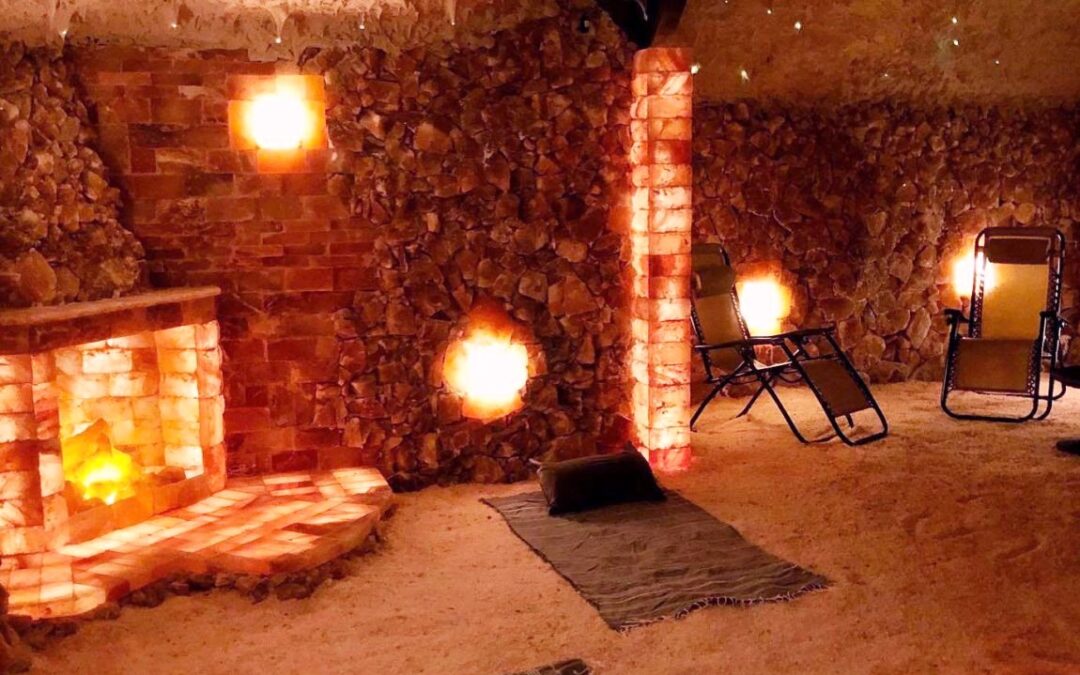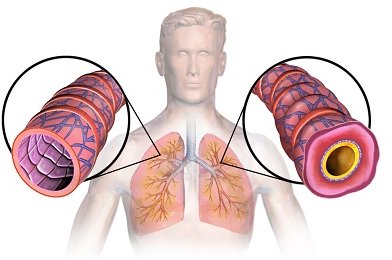In the realm of natural wellness therapies, salt caves stand out as a fascinating blend of nature’s artistry and therapeutic innovation.
These stunning structures, carved out of vast deposits of salt, not only captivate with their unique beauty but also offer a range of health benefits.
The Formation of Salt Caves
Salt caves, also known as halite caves, are formed over thousands, sometimes millions, of years. They originate in areas with extensive salt deposits, often left behind by evaporated ancient seas. Over time, these deposits get buried under layers of sediment, gradually transforming into solid rock salt, known as halite.
Erosion and environmental factors then play their part. Water seeps into these salt deposits, dissolving and reshaping them into cavernous structures.
The result is a natural wonder: vast, shimmering chambers, with walls, floors, and ceilings composed entirely of salt crystals. The aesthetic appeal of these caves is undeniable; their surfaces glisten with natural patterns and hues ranging from translucent whites to deep reds and oranges, creating a serene and otherworldly atmosphere.
The Aesthetic Appeal of Salt Caves

The Aesthetic Appeal of Salt CavesVisiting a salt cave is like stepping into a different world. The air is tangibly different — crisp, clean, and imbued with a subtle saltiness.
The play of light through the crystalline structures of the cave walls creates an ethereal ambiance. The naturally occurring geometric patterns of the salt crystals add to the mesmerizing visual experience, making these caves not just a therapeutic retreat but a feast for the senses.
Therapeutic Uses of Salt Caves
The therapeutic use of salt caves, known as speleotherapy or halotherapy, has its roots in ancient times. Miners working in salt mines were often observed to have fewer respiratory problems compared to others, leading to the belief in the curative properties of salt air.
Respiratory Health
One of the primary benefits of salt caves is their impact on respiratory health. The air in these caves is rich in salt particles, which are believed to have natural anti-inflammatory and antibacterial properties. When inhaled, these salt particles can help clear the airways, reduce inflammation, and improve breathing in conditions like asthma, chronic bronchitis, and allergies.
Skin Health
Salt caves are also beneficial for skin health. The microclimate of a salt cave, with its high mineral content, can help in treating skin conditions like eczema, psoriasis, and acne. Salt has natural moisturizing properties and can promote better skin hydration, balance pH levels, and stimulate anti-aging benefits such as healthy skin cell regeneration.
Mental Well-being
Aside from physical health benefits, salt caves offer a unique environment for relaxation and mental well-being. The tranquil and beautiful surroundings of a salt cave can be a perfect setting for meditation and mindfulness practices. The negative ions released by salt can also help reduce stress and promote a sense of calm.
Modern Salt Caves and Halotherapy

Respiratory benefits of salt caves
Today, the therapeutic properties of salt caves are harnessed in modern halotherapy centers across the world.
These centers replicate the microclimate of natural salt caves, often incorporating salt bricks, salt lamps, and salt aerosol generators to create a similar environment.
Sessions in these salt rooms offer a convenient way to experience the benefits of salt therapy, especially for those who don’t have access to natural salt caves.
Conclusion
Salt caves are a remarkable gift from nature, combining stunning natural beauty with a range of therapeutic benefits. Whether it’s for respiratory health, skin care, or mental well-being, the unique environment of a salt cave offers a holistic approach to wellness. As we continue to explore and appreciate the healing powers of nature, salt caves stand out as a testament to the enduring relationship between natural beauty and human health.
We hope you found the information above useful. Leave a comment below, or contact us if you have any questions.
